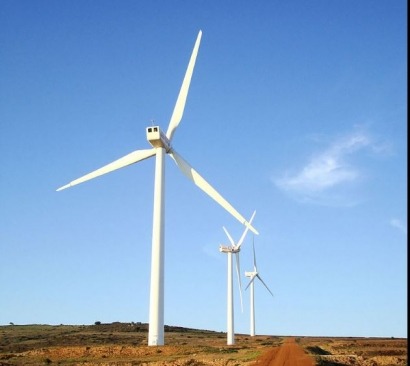
The research team assessed the potential for large solar and wind farms in 21 countries. They concluded the project sites should be close to transmission infrastructure or to cities, slashing the risk and cost involved in installing huge lengths of power lines and also improving efficiency.
Their analysis also showed choosing wind sites to match the timing of wind generation with electricity demand is less costly overall than choosing sites with the greatest wind energy production. Assuming adequate transmission lines, strategies that take into account the timing of wind generation result in a more even distribution of wind capacity across countries than those that maximize energy production.
The report goes on to state strategic siting of renewable power in this way could reduce the need for conventional generation capacity by 9.5 percent, resulting in cost savings of up to 20 percent, depending on the technology being replaced.
“The surprising find is that the wind and solar resources in Africa are absolutely gigantic, and something you could tap into for relatively low cost,” said senior author Duncan Callaway, a UC Berkeley associate professor of energy and resources and a faculty scientist at Berkeley Lab. “But we need to be thinking now about strategies for fostering international collaboration to tap into the resource in a way that is going to maximize its potential while minimizing its impact.”
The study will appear online this week in the journal Proceedings of the National Academy of Sciences.
For additional information:

